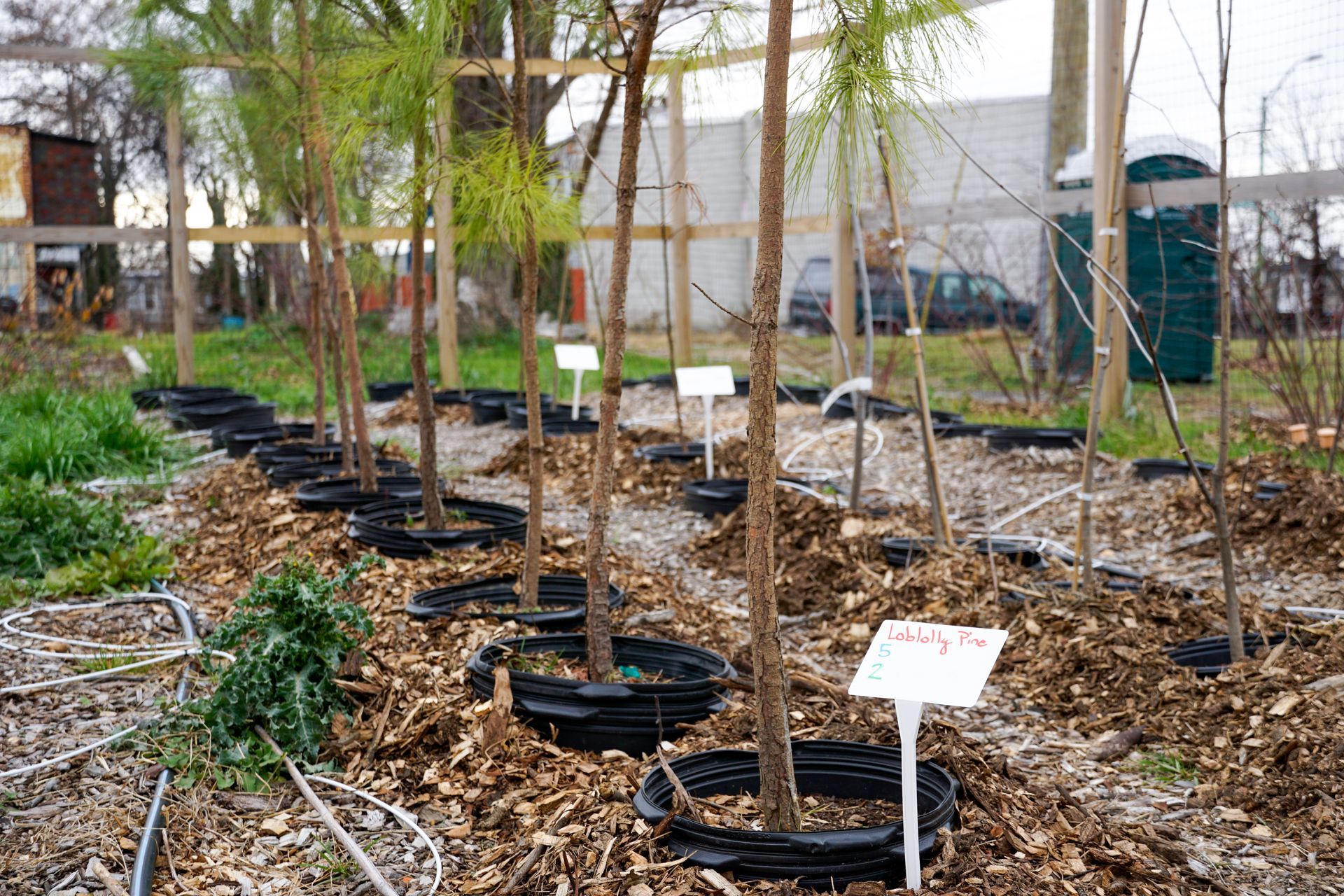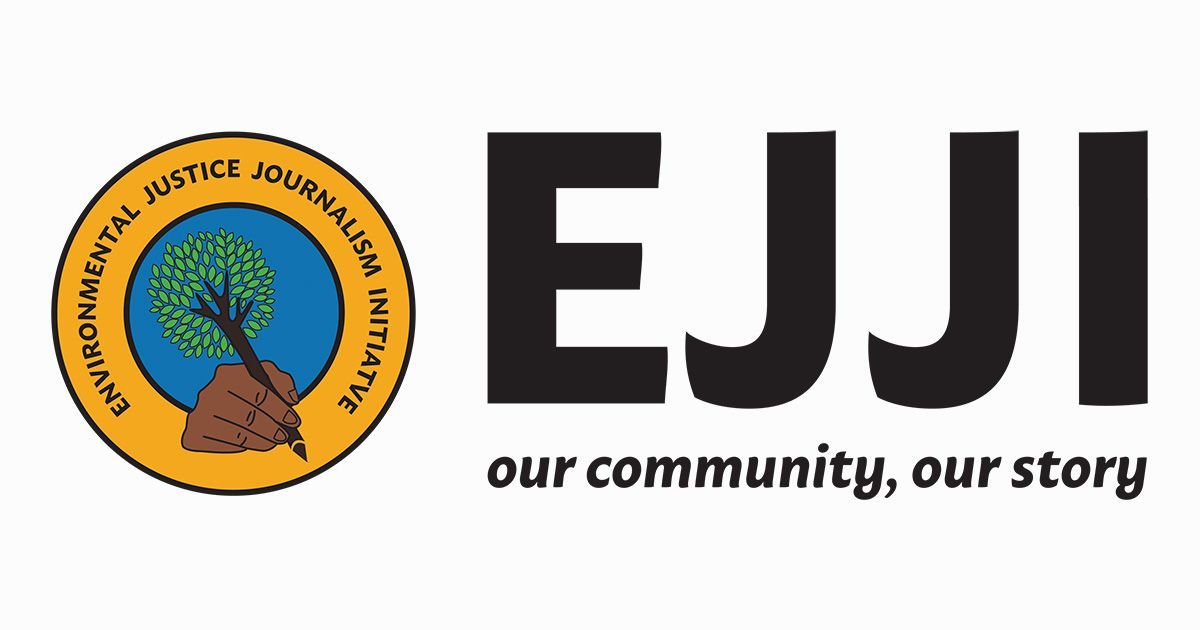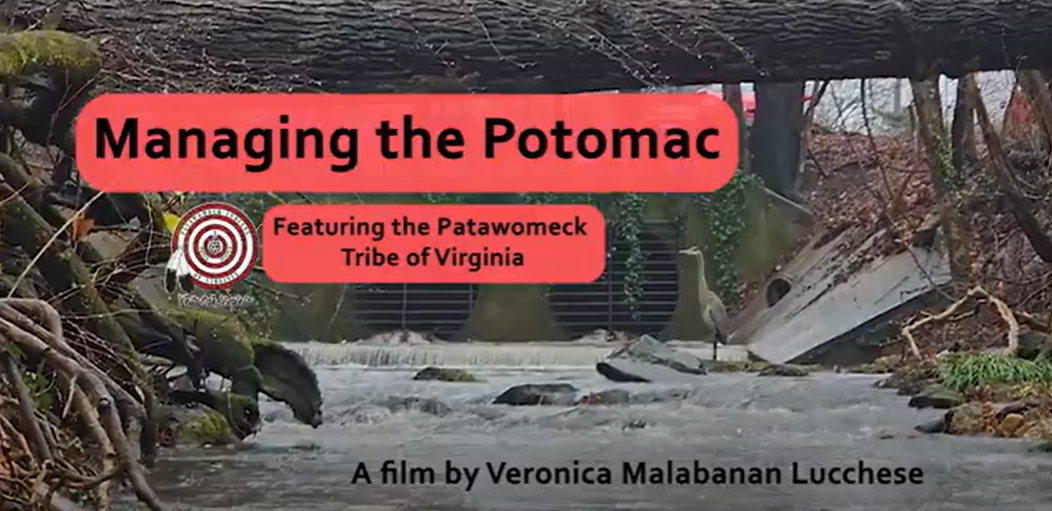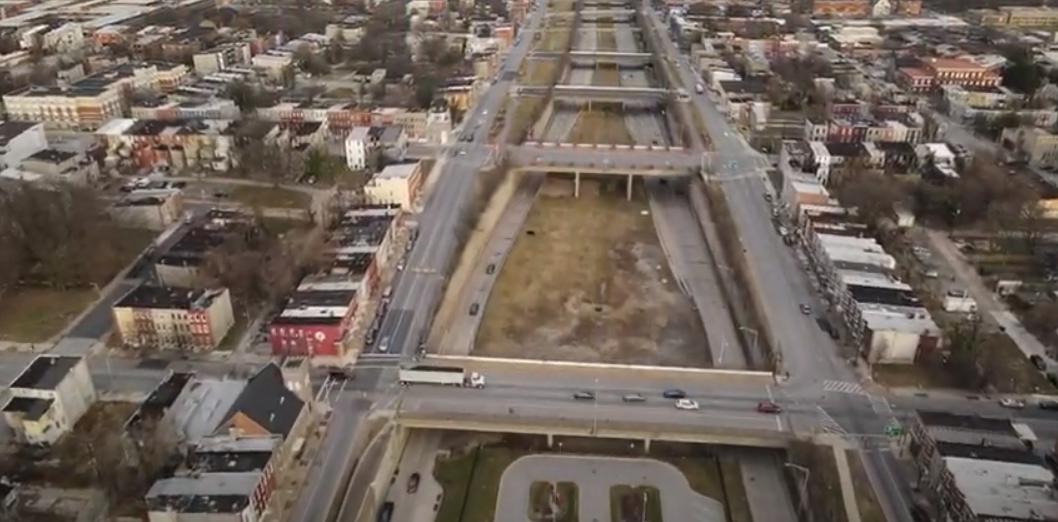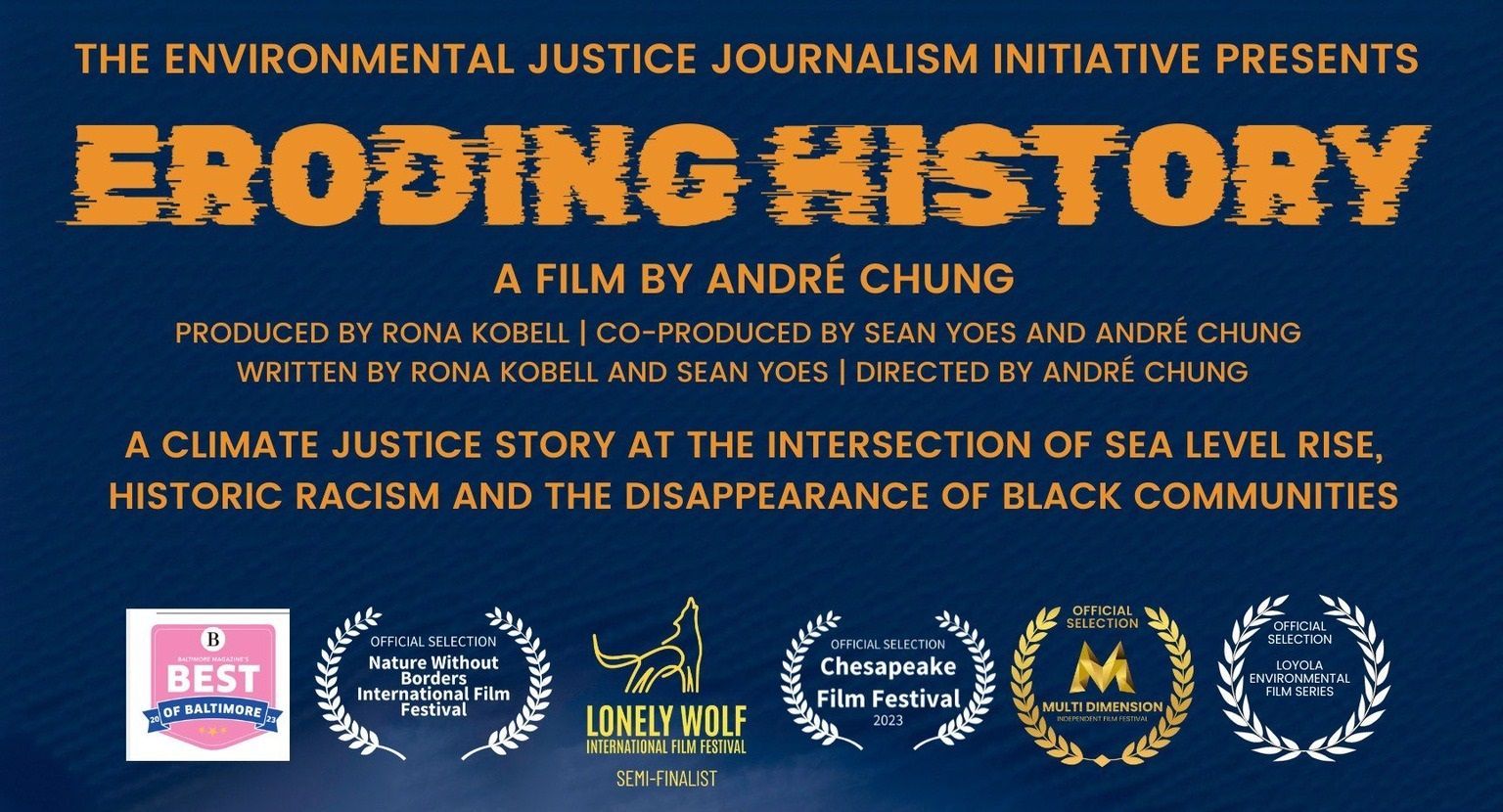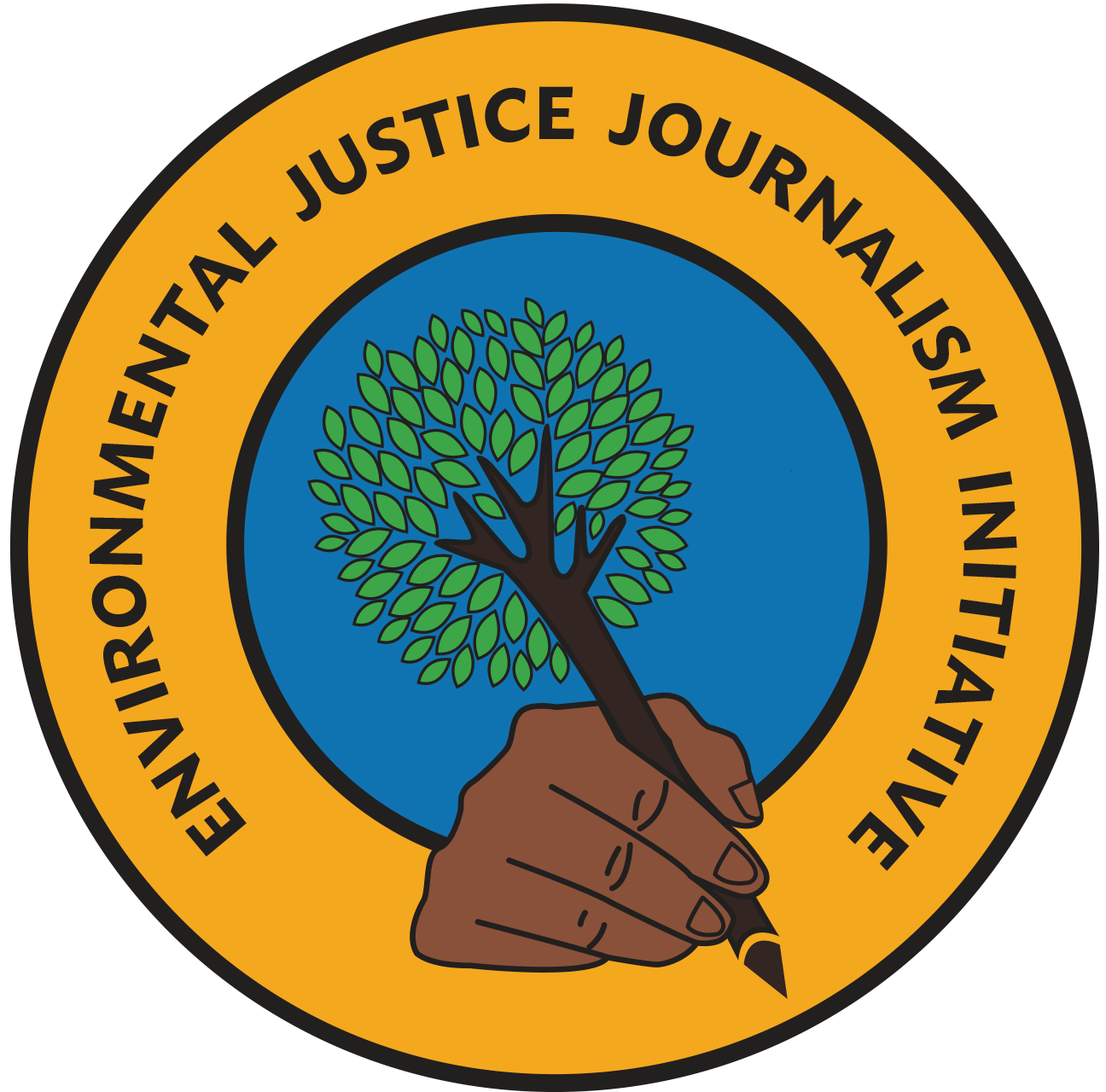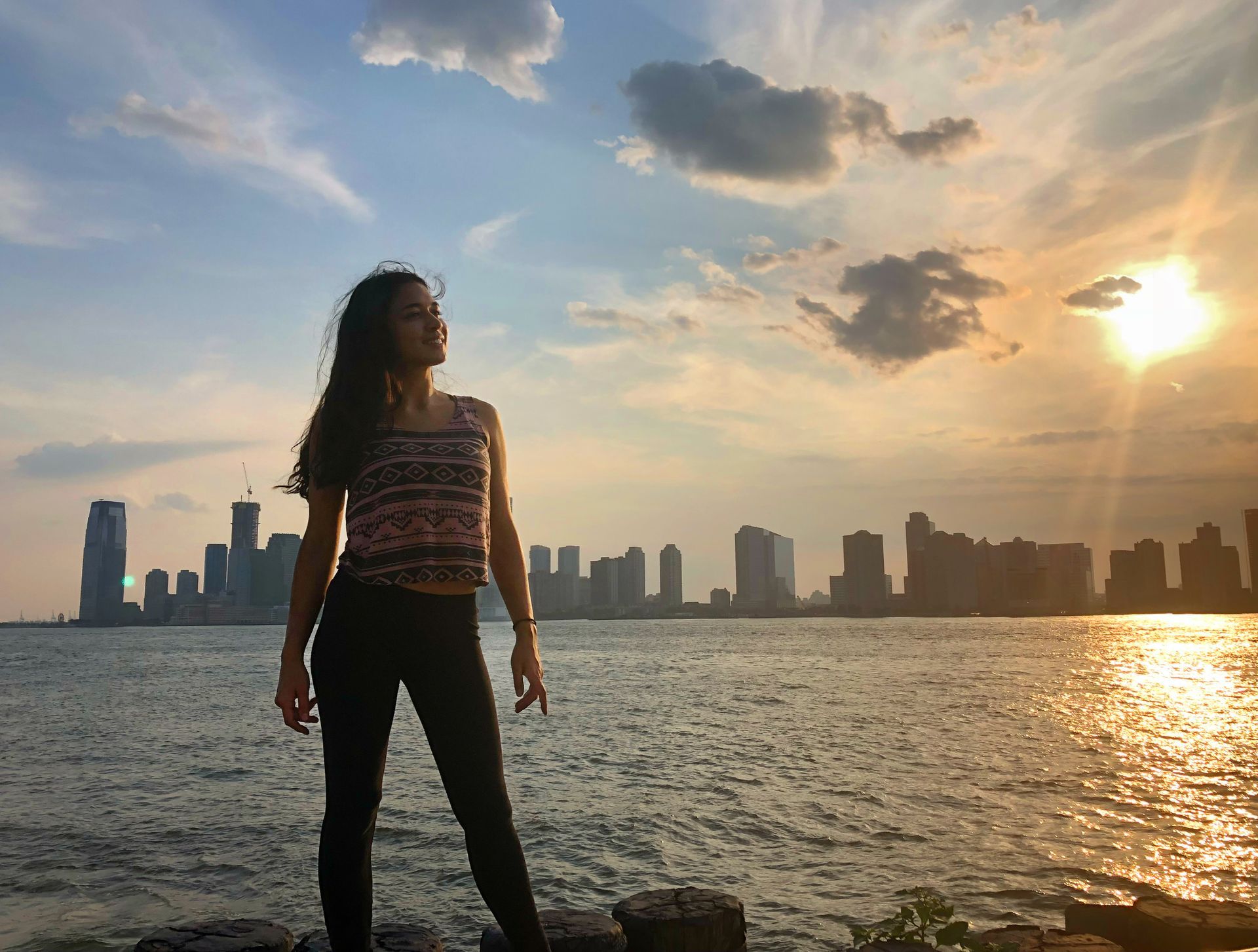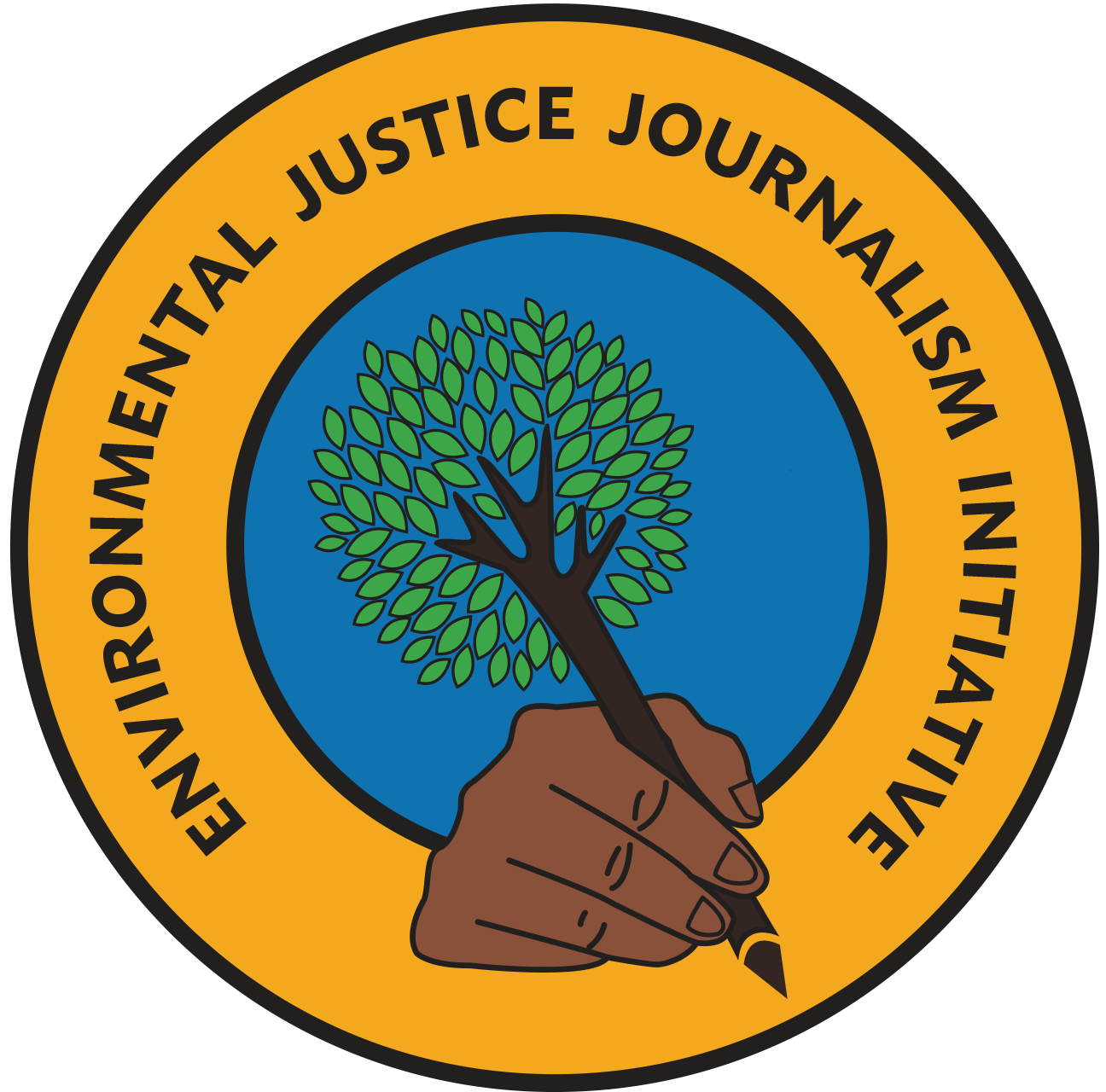Jessica's Journey: Navigating Environmental Justice from Houston to the Knauss Fellowship
Jessica's Journey: Navigating Environmental Justice from Houston to the Knauss Fellowship
By Laura Quigley
In East Houston, where the city limit ends, Jessica Diaz's childhood took place in the shadow of petrochemical facilities. Trees were sparse, the smell of chemicals lingered in the air, and the factories’ bright lights and flaring red fires blocked out the sight of the stars at night.
“Growing up, we knew something was a little off, but we just didn’t have the language to speak about it,” says Diaz.
Raised in a predominantly Latinx and low-income community, Diaz noticed disparities between her environment and others’. During trips to competitions for band, science, and math, she perceived inequality in the lush, green spaces of the more affluent communities on the west side of Houston.
Diaz didn’t yet question why her family and neighbors lived in a constant state of industrial exposure. She lived a happy life with a loving family in the community she called home.

In middle school, Diaz's interests veered toward environmental justice during a corporate-funded science camp she attended. While participating in supervised tours and activities, she remembers a strong push for the students to work at the facility in the future.
Diaz describes the science camp as a “chemical science pipeline to work at the facility.” As a young, aspiring scientist with an interest in endangered animals and large animal veterinary medicine, the experience left her uneasy. She began to pay attention to the other ways that industry dominated her community.
When the time came to choose her undergraduate studies, Diaz left Texas to major in Fisheries and Wildlife and minor in Science, Technology, Environment, & Public Policy and Music at Michigan State University (MSU).
Students in her major spoke about childhoods spent camping and fishing, or parents who were biologists. For Diaz, the motivation for her studies stemmed from her childhood in industrial East Houston and a family link to the monarch butterfly migration site in the Mexican state of Michoacán.

While studying at MSU in 2019, a series of chemical fires erupted at the Intercontinental Terminals Co.’s facilities 20 minutes from Diaz’s family home. Black smoke covered her community, forcing her family to stay inside and her grandmother to develop an alarming cough.
As she worriedly tracked the news from afar, Diaz thought, “When is the next headline where I think, ‘That’s where I call home’?”
Diaz, like many others in her neighborhood, was the child of immigrant parents - some undocumented. The threat of deportation weighed heavily, leading residents to avoid speaking up against the environmental injustices surrounding their homes.
After the fires, Diaz searched for a way to give a voice to suffering communities.
While at MSU, Diaz was accepted to the Doris Duke Conservation Scholars Program at Northern Arizona University, a program devoted to diversifying the conservation movement. Focused on Indigenous-led conservation, the program resonated deeply with Diaz. Learning about the Indigenous experience of environmental justice also gave her the language to speak about her own experiences.
The program, which took place in Arizona, “focused a lot on Indigenous-led conservation in that region,” says Diaz, “about how the mining there was connected to the water and the animals and plants and their health. It sounded very similar to where I’m from.”

With a newfound knowledge of environmental justice, Diaz graduated from MSU and searched for a master’s program that embodied the intersection of science and social issues. She found the ICARE (Interdisciplinary Consortium for Applied Research in the Environment) program at UMBC (University of Maryland, Baltimore County), which focused on community input and co-creating research with local residents.
While refining her graduate project on oyster research, Diaz met Donzell Brown of EJJI (Environmental Justice Journalism Initiative) who encouraged her to address the lack of oyster research data in the Baltimore Inner Harbor area. Diaz hoped her research would create a foundation for future projects on oysters in the harbor, an accomplishment that would be a success for both herself and the surrounding communities.
As Diaz’s relationship with EJJI and its work grew, she took a position as EJJI’s Environmental Science Program Manager where she led projects making science accessible to members of the community and facilitated further research in South Baltimore.
One of the highlights of Diaz’s work with EJJI came during an event she organized in celebration of Latino Conservation Week. Like much of her work, the event connected science and community, with accessible science-related activities available to residents visiting Middle Branch Park. One family who participated had just arrived in Maryland two weeks before the event.
“They were newly arrived to the area and we got to be some of the first people to introduce them to the Baltimore harbor and all the fish and life that’s part of the harbor,” says Diaz.
It gave her inspiration for what her future work could be.

Recently accepting the prestigious John A. Knauss Marine Policy Fellowship, Diaz will soon have the opportunity to further develop her career at the intersection of science and community. She received a placement as a Policy Analyst in the NOAA (National Oceanic and Atmospheric Administration) Office of the Under Secretary.
In February, Diaz will leave her position at EJJI to participate in the Knauss Fellowship. The experience, although vastly different from her childhood in East Houston, is her next step in making a difference for the community of her youth.
“Sometimes I just want to do science and be a scientist and not worry about the color of my skin or where I grew up; but it’s all personal,” says Diaz. “For myself, I want better, and for my family that’s living with all the petrochemical health impacts.”
Though she’s moving on to a new adventure, the impact Diaz made on Baltimore’s ecosystem and communities - and on EJJI - will be a lasting one. The staff at EJJI wishes her the best and cannot wait to see what she does next.

